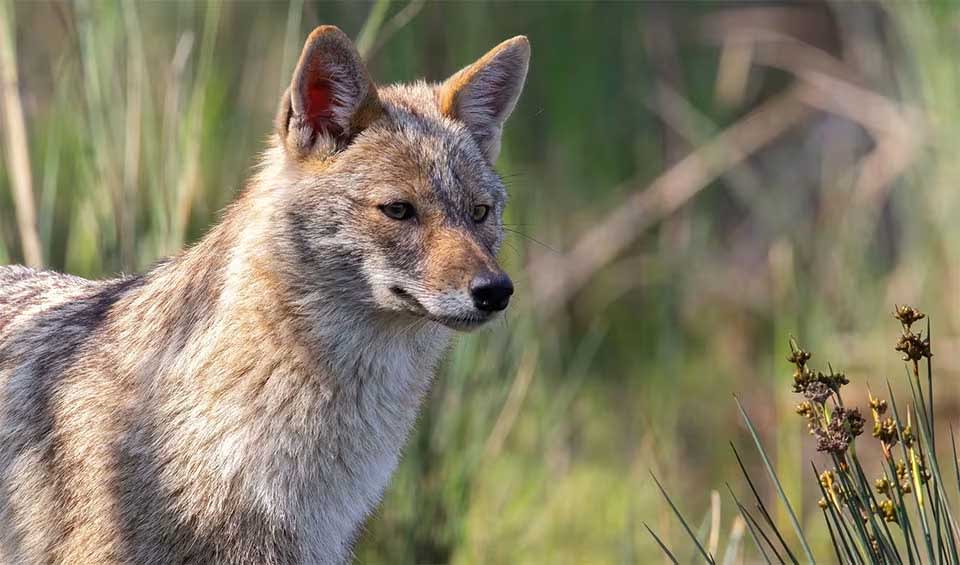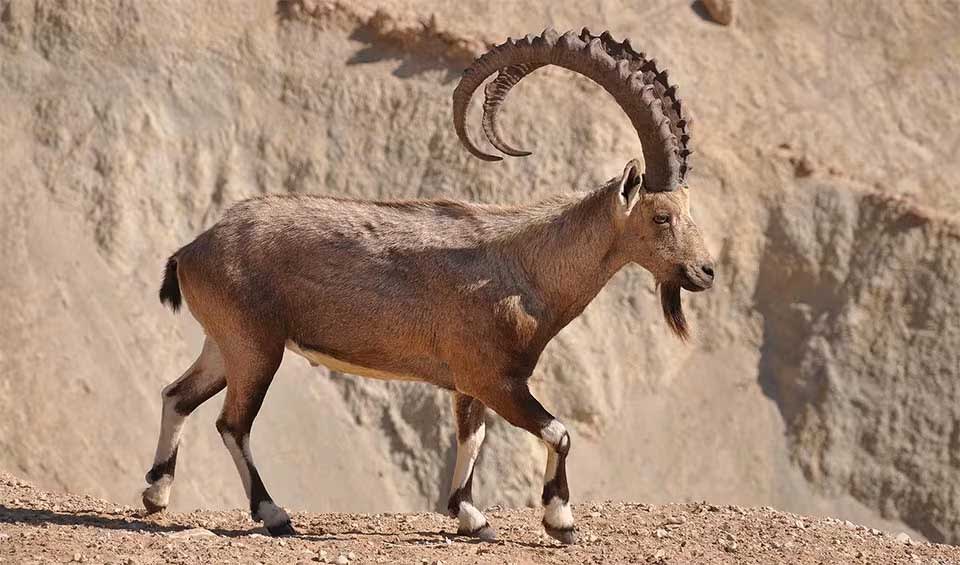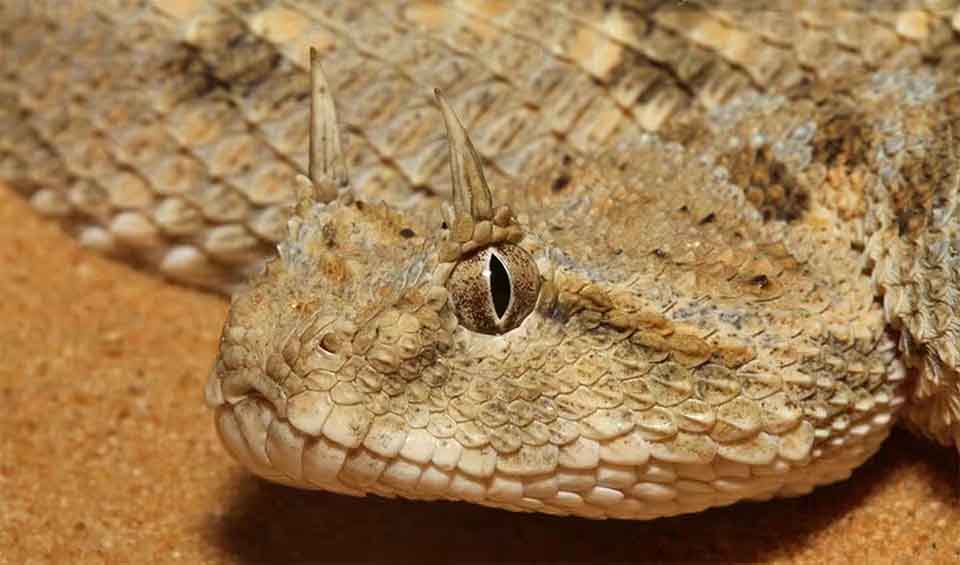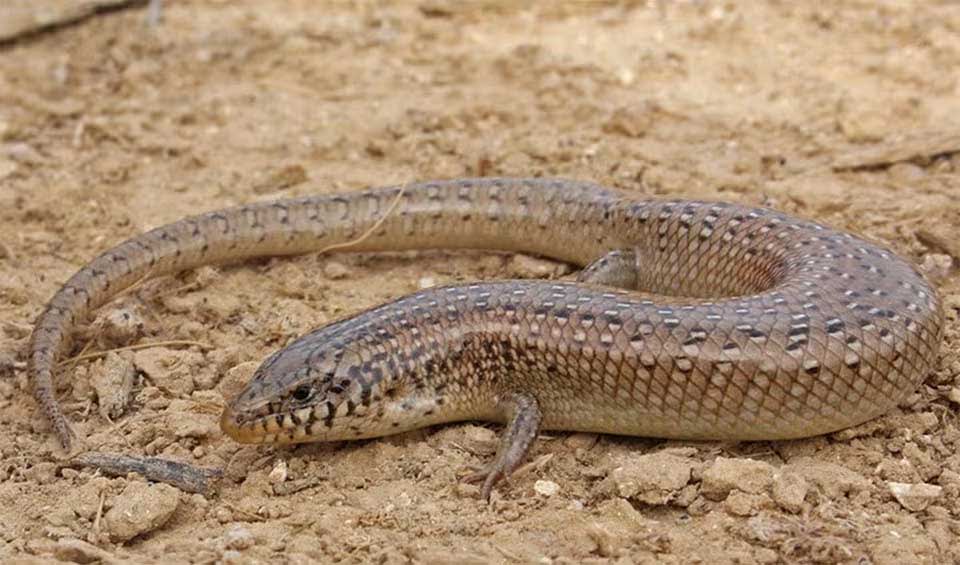Jordan, officially known as the Hashemite Kingdom of Jordan, is a country located in the heart of the Middle East. Despite its relatively small size and predominantly arid climate, Jordan boasts a diverse range of landscapes and ecosystems. From the fertile Jordan Valley to the dramatic Wadi Rum desert and the unique ecosystem of the Dead Sea, Jordan offers a variety of habitats that support a rich array of wildlife.
The country experiences a Mediterranean climate in the north and west, with hot, dry summers and mild, wet winters, while a desert climate with extreme temperatures and minimal rainfall characterizes the eastern and southern regions. This climatic diversity allows for a wide range of flora and fauna to thrive.
Four pillars elaborated:
Jordan’s protected areas, numbering 17, cover a range of ecosystems such as forests, wetlands, deserts, and marine environments, playing a crucial role in preserving the country’s diverse biodiversity and cultural legacy. Notably, Dana Biosphere Reserve and Azraq Wetland Reserve hold UNESCO-MAB Reserve status, underscoring their global importance in biodiversity conservation. These protected areas are classified under different national designations, including Forest Reserves, Marine Reserves, Nature Reserves, Proposed Nature Reserves, Special Conservation Areas, and Wetland Reserves. Land Management
Land Management
Human activities pose significant threats to biodiversity in Jordan, with intensive agriculture, agrochemical use, over-grazing, hunting, unplanned development, urbanization, and pollution being primary culprits. These activities have resulted in the destruction of natural habitats and ecosystems, particularly impacting large mammal populations and diminishing plant diversity through isolation and genetic loss. Threats to Biodiversity
Threats to Biodiversity
Historical events like the First and Second World Wars exacerbated these pressures, with infrastructure development and widespread hunting further depleting wildlife populations. Water scarcity exacerbates environmental challenges, with the Gulf of Aqaba witnessing extensive human activities leading to coral reef damage, while the Azraq Oasis, once a vital migratory bird stopover, suffered depletion but is now undergoing conservation efforts to restore its ecological value.
Jordan introduced its National Environment Strategy (NES) in 1991, marking a significant step in the Middle East. After joining the Convention on Biological Diversity, Jordan crafted its National Biodiversity Strategy and Action Plan (NBSAP) in 2003, focusing on five main goals: conserving biodiversity, promoting awareness, protecting natural resources, developing supportive laws, and cooperating with other nations on genetic resources. The NBSAP outlined specific projects and actions across various sectors such as flora and fauna, agriculture, minerals, water, economy, legislation, and awareness. Capacity and Governance
Capacity and Governance
Additionally, strategies were designed to address common issues across different conventions, including knowledge sharing, training, institution building, research utilization, funding, and community involvement. In July 2012, Jordan began updating its NBSAP to adapt to changing needs and priorities.
Jordan is actively pursuing strategic policies to align with the Convention on Biological Diversity, aiming to raise public awareness and mobilize national efforts for biodiversity conservation. A multidisciplinary approach, including geographic information system (GIS) analysis, involves stakeholders like government bodies, NGOs, local communities, and research institutions. Future Trends
Future Trends
Proposed solutions include ecosystem rehabilitation to combat poverty-driven biodiversity degradation, water management strategies to sustain plant and animal life, and coordination among communities, government, and the private sector for sustainable development. Additional measures entail establishing biodiversity conservation areas, addressing farmers’ needs, implementing land use plans, expanding natural reserves, and promoting sustainable farming practices to ensure Jordan’s biodiversity preservation for future generations.
Biodiversity
Despite its predominantly arid climate, Jordan supports a wide variety of flora and fauna across its different habitats. The Jordan Rift Valley, including the Jordan River and the Dead Sea, is a significant ecological region. The Jordan River serves as a critical water source and supports a variety of species, including many migratory birds. The wetlands around the river are important stopover points for these birds, particularly in the Azraq Wetland Reserve, which is a haven for birdwatchers. The reserve is home to species such as the Eurasian teal, white stork, and various species of herons and egrets.Jordan is home to several iconic species, including the Arabian oryx, the Nubian ibex, and the striped hyena. The country is also an important stopover for migratory birds, with over 400 species recorded, making it a significant area for birdwatching. The Aqaba Bird Observatory and the Dana Biosphere Reserve are notable sites for observing these avian populations.
In the table below are the number of known species in several main groups, how many of these species are Threatened with extinction, and how many of them are Endemic (unique to Jordan only):
| Species (World rank) |
Threatened | % Threatened | Endemic | % Endemic | |
|---|---|---|---|---|---|
| Mammals | 94 (#118) | 13 | 13.8% | ||
| Birds | 332 (#108) | 15 | 4.5% | ||
| Reptiles | 120 (#78) | 6 | 5.0% | 1 | 0.8% |
| Amphibians | 5 (#162) | ||||
| Fishes | 555 (#108) | 41 | 7.4% | 4 | 0.7% |
| Plants | 2,500 (#140) | 8 | 0.3% | 100 | 4.0% |
mammals
Golden jackal
Exceptional hunters, but they can feed solely on grass and survive in the absence of prey
Nubian ibex
Newborns are fully developed and capable of running and jumping within a day after their birth
Striped hyena
The only hyena species outside of Africa that can go 15km (10 miles) for a meal
birds
Egyptian vulture
A highly intelligent species that is the world’s only tool-using vulture with a long migratory range
Chukar partridge
The national bird of Pakistan and Iraq is known to improve degraded ecosystems by aiding in the dispersal and germination of seeds
Palestine sunbird
The tiny hovering jewel of house gardens
reptiles
Saharan horned viper
Despite its fearsome appearance, it is a shy and reclusive creature that would rather hide than confront a threat
Ocellated skink
Stands out with its striking ocelli, or eye-like markings, that adorn its sleek body
Starred agama
With mesmerizing blend of bold blues, fiery reds, and sunshine yellows, it effortlessly catches the eye of all who cross its path
amphibians
Eastern spadefoot
While most frogs lay their eggs in permanent water bodies, this special frog prefers temporary pools that form after heavy rains
Levant water frog
A fully aquatic frog that spends its entire life in water, rarely coming to the surface
Arabian tree frog
A tiny amphibian that brings a touch of charm to the Arabian Peninsula
National Animals
Arabian oryx
A desert icon, stands tall, thriving in the sand – truly born to be wild in their extreme habitat

















